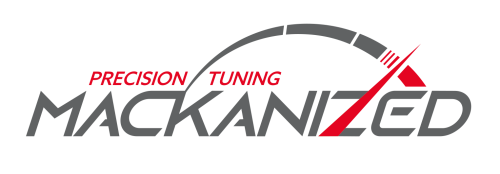
During the summer of 2023, I undertook several projects, including a visit to Mannes Bilservice (Carservice) in Sölvesborg, Sweden. During this visit, I encountered an issue with their Saab 9-5 “Solstad.” While my software had the car running smoothly, the cruise control was non-functional.
After conducting thorough research and multiple test drives, I arrived at the conclusion that the older cars were lacking the necessary components for the updated brake light check system. To address this, I embarked on a process of code rewriting, utilizing our disassembly tool within the T7 suite and a Hex-editor.
The older vehicles relied on ClutchBrake symbols in Trionic 7 to determine whether the clutch or brake pedal was depressed. However, models from MY2000 onwards featured an additional brake light check, a feature absent in the 1998 Saab 9-5 “Solstad.” It was notable that the ClutchBrake symbols could only indicate the engagement of at least one pedal, without specifying which one.
The solution involved a meticulous examination of the code, focusing on identifying and modifying the sections responsible for brake checks. By integrating the specific sensors and inputs found in this 1998 Saab 9-5, which incidentally had served as a developmental vehicle at the factory, I successfully resolved the issue.

Some parts actually had double status checks and the brakelight check was in fact redundant and could be removed.

The solution above gave changes in 14 places of the code and a happy owner!
